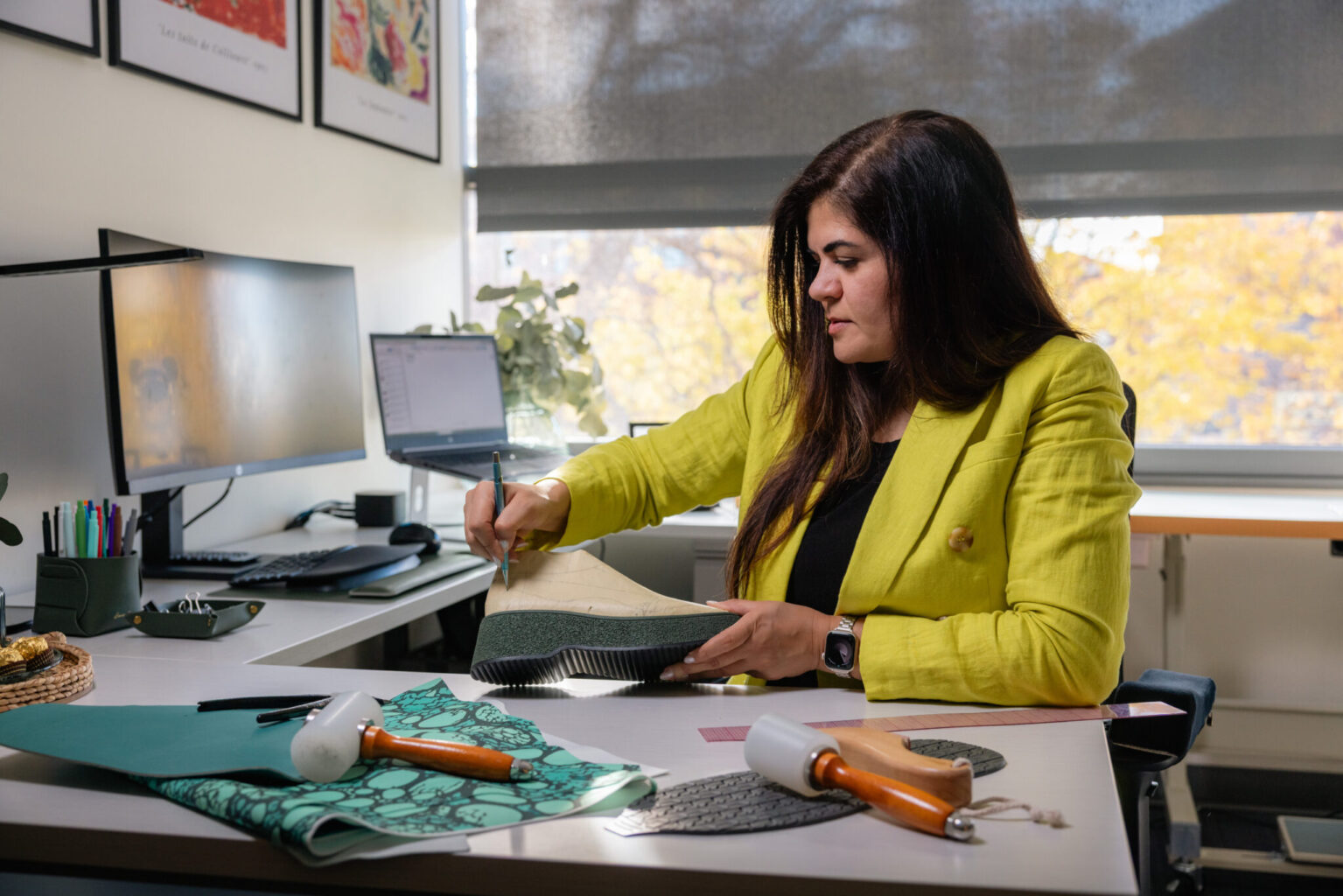Faculty members at Colorado State University (CSU) are developing a shoe that fits comfortably around an AFO, roomy enough to accommodate the foot brace, but attractive and fashionable too, they say. They have a patent pending on the Ultra Adapt shoe design and plan to launch a spinoff company to produce the shoes with support from the university.

After interviewing AFO users, Kristen Morris, PhD, and Lida Aflatoony, PhD, from the Department of Design and Merchandising, found that footwear was “a major pain point,” Morris said.
Morris and Aflatoony have prototyped a casual shoe with a flat sole and an athletic shoe with a rocking feature that promotes foot launch when walking. They are planning a final prototype that will be a combination of the two, which they described as a shoe that functions like a sneaker but has a nice upper, making it appropriate to wear to work.
“It has to be functional, aesthetic, and expressive,” Morris said. “There is a lot of expression in the shoes you choose. Some of our participants have told us, ‘People might look at me differently because I use a wheelchair, but if I have awesome shoes on, it breaks the ice and is a good conversation starter.’ Providing something like that is one of our main goals and values.”
The shape of the mold around which the shoe is assembled had to have very specific proportions to result in a shoe that can accommodate at least three different types of orthoses. The material used for the sole must be durable but lightweight since it’s significantly bigger than a typical sole. While the final prototype will have laces, it will also have hidden zippers that make it easy to put on and take off. There will also be modules that the user can add to the back of the shoe, turning it from an open heel into a high top—adjustable for any weather or season.
Ben Gadomski, PhD, in the CSU School of Biomedical and Chemical Engineering, will assess the mechanics of the foot strike in the final prototype. Gadomski and his students will conduct motion analysis using a gait lab system and force plates that measure how much pressure the foot places on the floor with each step. Then they will use a musculoskeletal computer model that shows the forces and stresses on other joints.
“Ben is going to help us make sure the shoe doesn’t have any adverse effects on the ankle, knee, or hip joints,” Morris said.
Editor’s note: This story was adapted from materials provided by CSU.




